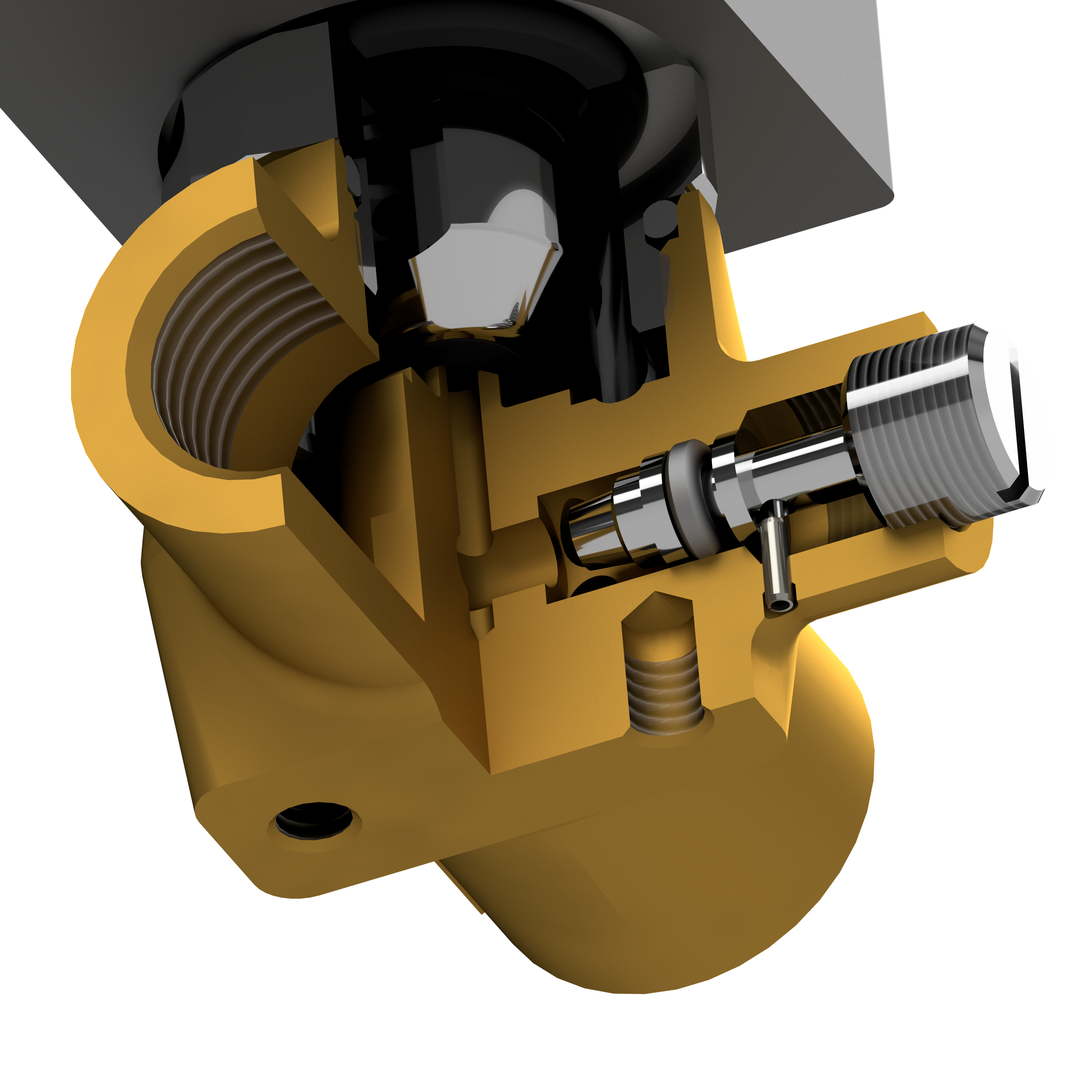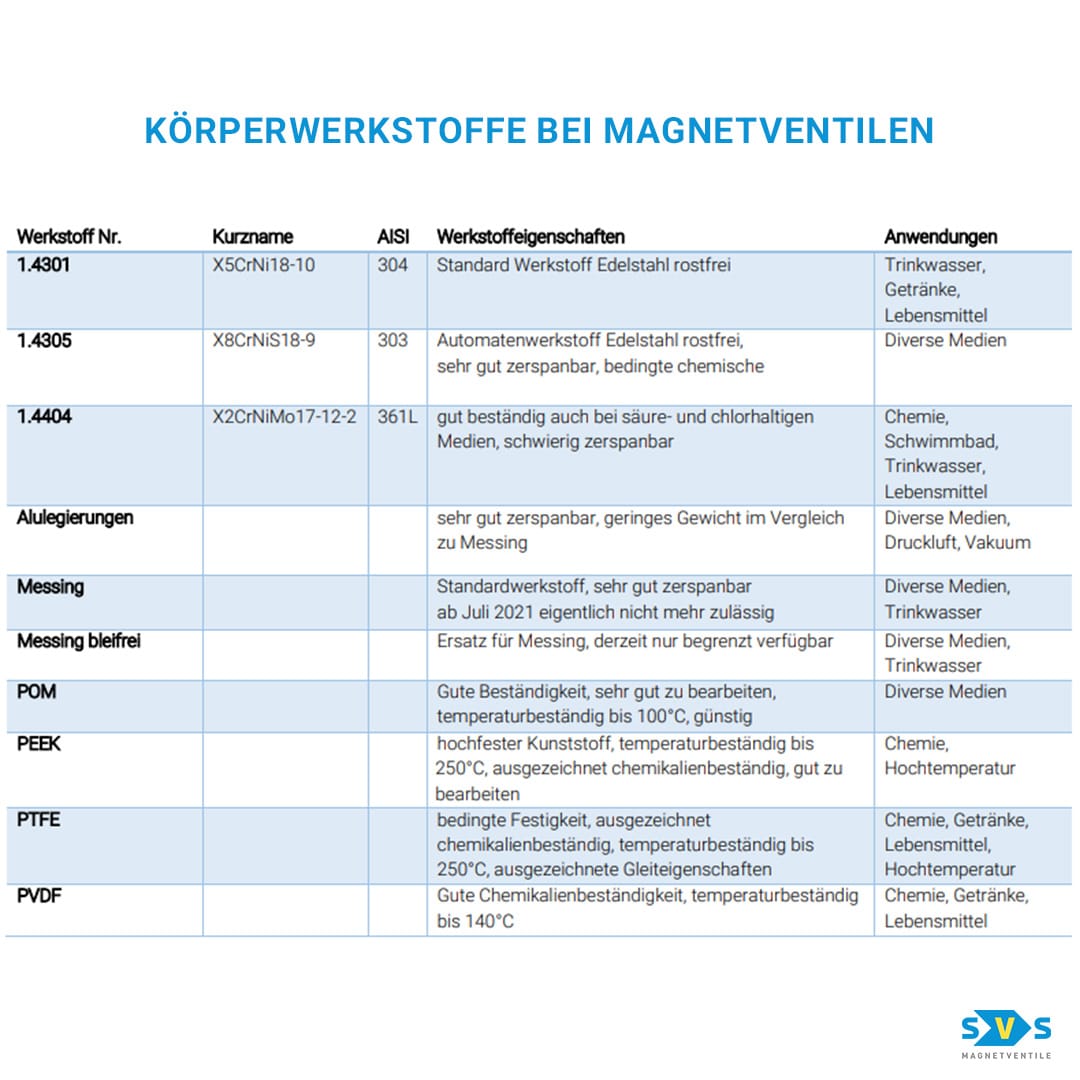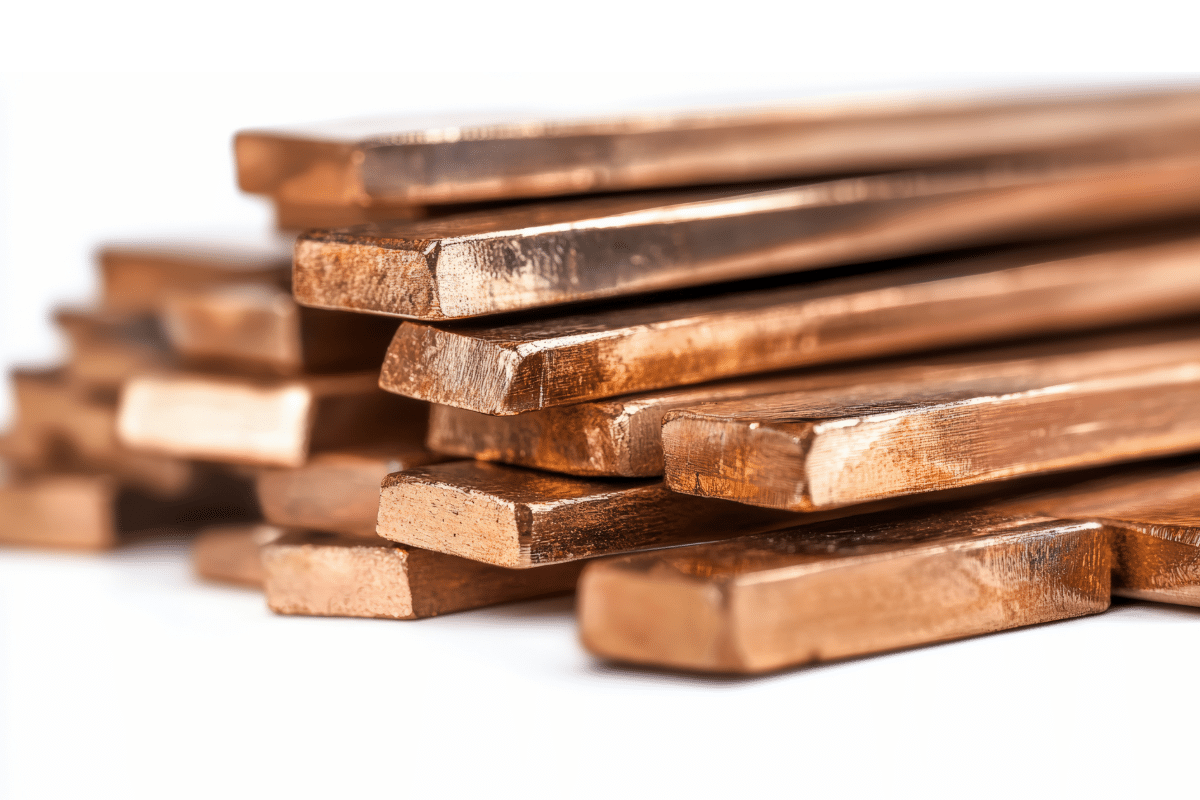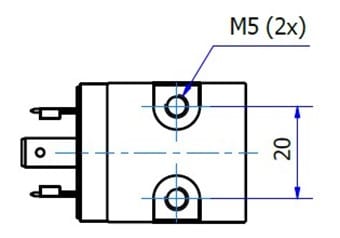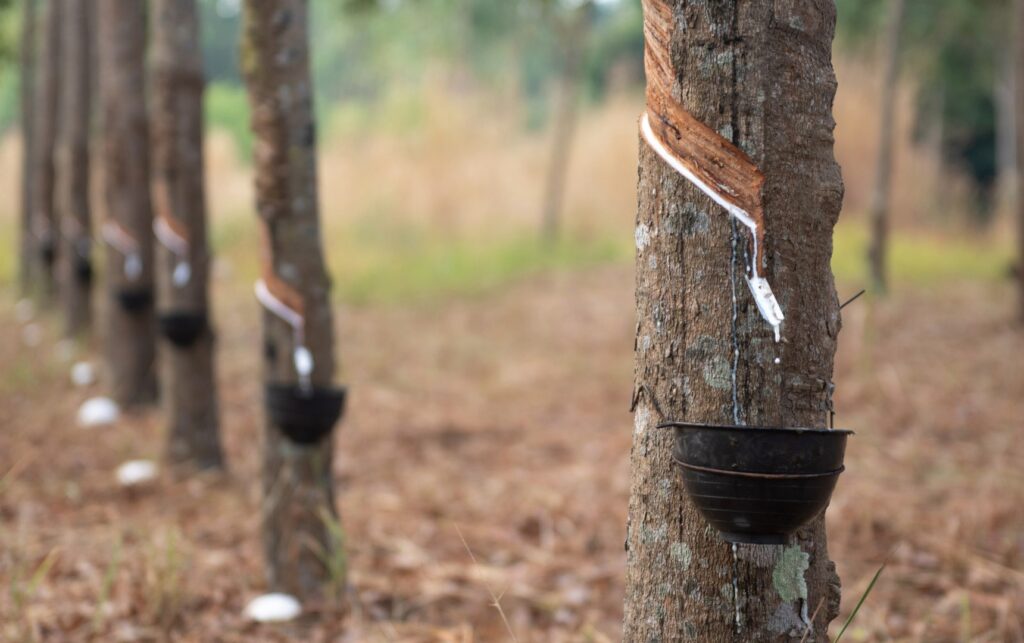
Rubber has become indispensable in industry today - especially in the world of solenoid valves. But how was this versatile material actually discovered and what role does it play in the development of modern valve technology.
The discovery of rubber: From natural product to technological revolution
The history of rubber begins with the indigenous people of South America, who were already using the milky juice of the rubber tree centuries ago. They used it to make primitive but surprisingly effective items such as seals for boats and toys.
Columbus was the first European to report on the “bouncing ball” in 1495, but he did not recognize the potential of the material.
Rubber did not arrive in Europe until the 18th century. In 1770, Joseph Priestley announced his discovery that pencil marks could be removed with rubber. This is how the English term “rubber” came about, derived from the English verb “to rub out.”
However, the material was initially not very durable - it melted in the heat, became brittle in the cold and was therefore unsuitable for industrial applications.
The crucial breakthrough came in 1839, thanks to American Charles Goodyear. After adding various materials and chemicals to rubber, he stumbled upon a solution through a famous “scientific accident”: A sulfur-rubber mixture fell onto a hot stove and he accidentally discovered vulcanization, a process in which rubber is treated with sulfur and heat. This made the material elastic, form-stable and resistant to temperature fluctuations - in short: suitable for industrial use.
Rubber in valve technology: an underestimated material
Rubber plays a central role in the world of solenoid valves today. Whether as a sealing material, diaphragm, or component of complex damping elements, elastomers are indispensable in valve technology.
Why are elastomers so important for solenoid valves?
- Why are elastomers so important for solenoid valves?
- Resistance: Special elastomer compounds (e.g., EPDM, FKM, NBR) offer excellent protection against aggressive chemicals, oils or extreme temperatures, depending on requirements.
- Cost-effectiveness: Usually cheaper than metallic materials. The durability of high-quality elastomer components also reduces maintenance costs and downtime.
- Processability: Elastomers are easily moldable in many different ways (injection molding, pressing, etc.), which is why even complex geometries are possible.
Our expertise: Solenoid valves – developed for a perfect fit
As specialists in solenoid valves and customized solutions, we know that materials often make all the difference. We rely on innovative material combinations and develop valve systems where every detail counts - including (and especially) the selection and processing of elastomer components.
Conclusion: An inconspicuous material with a big impact
What began with the juice of a tree is now a high-tech material for modern industrial applications. Even almost 200 years after its industrialization, rubber remains a key material for progress. And in the development of solenoid valves? It ensures the perfect balance between mobility, tightness and durability.


